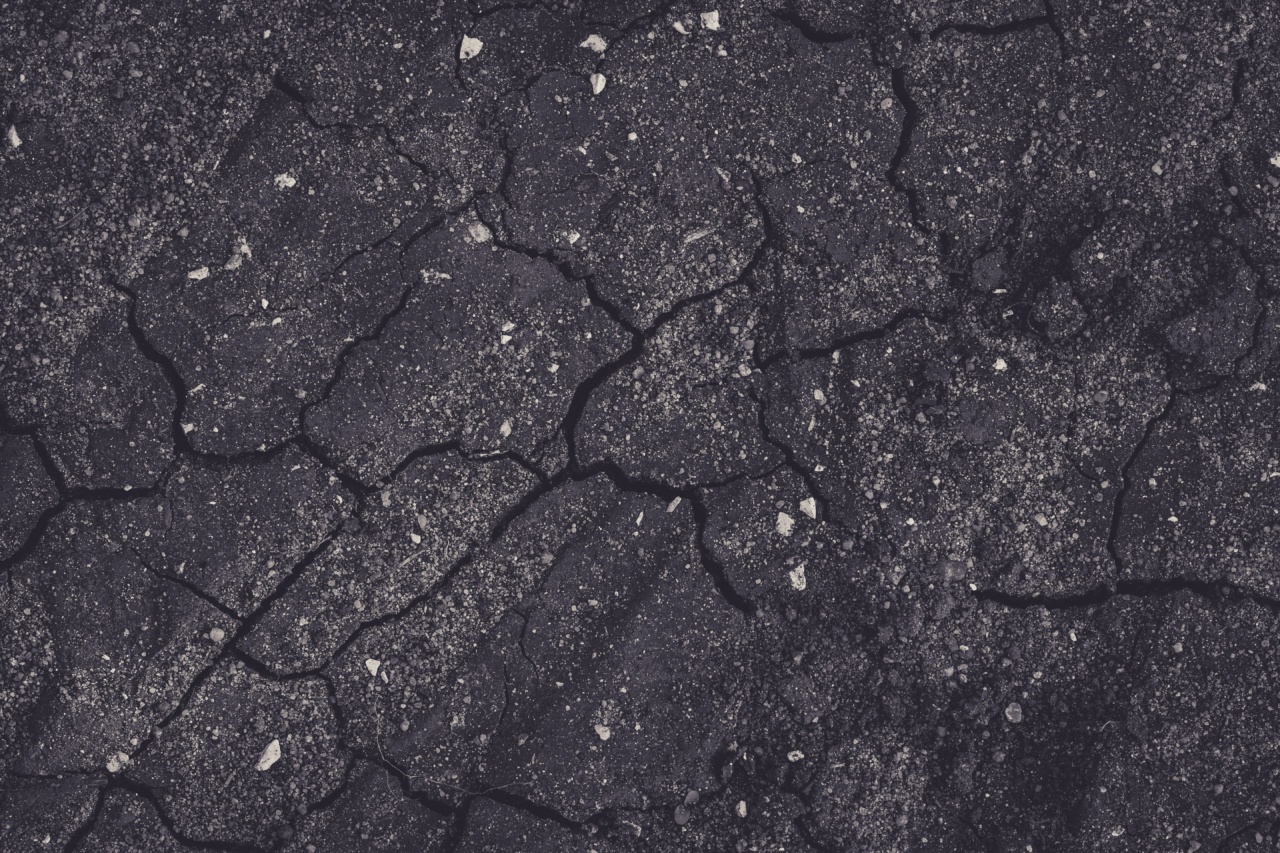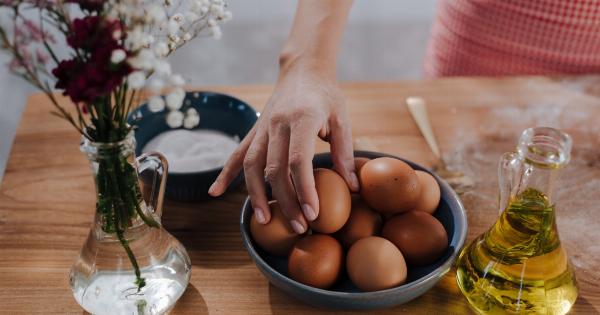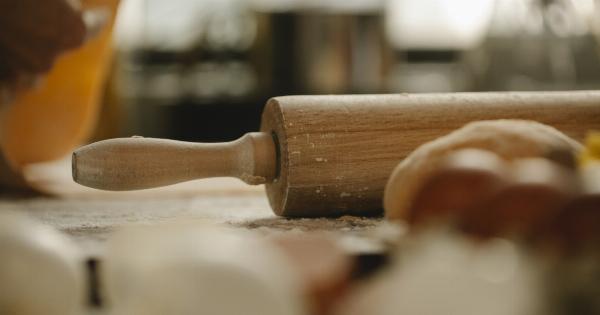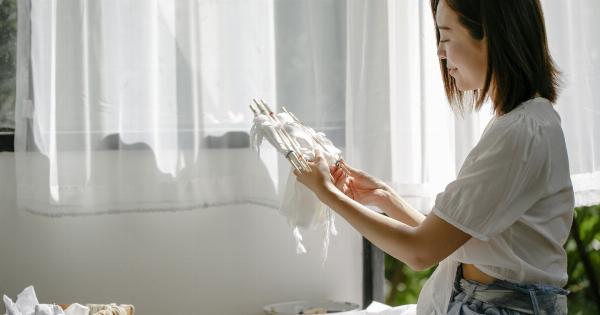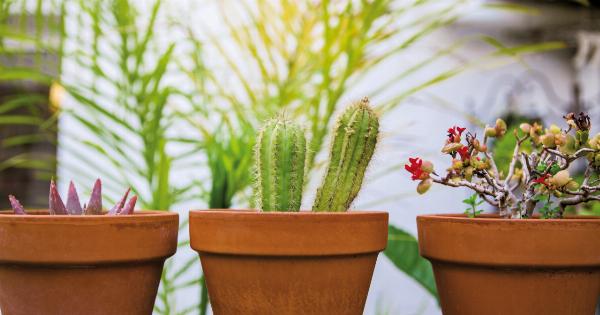Cracked heels are a common foot problem caused by dry skin, lacking moisture, standing for too long, improper footwear, and medical conditions like eczema and diabetes.
While cracked heels may not cause any serious harm, they can be painful and unsightly. Fortunately, there are various home remedies and products available to fix cracked heels. Here are ten quick fixes for cracked heels:.
1. Soak in Epsom Salt
Epsom salt is a natural exfoliant that removes dead skin cells and softens dry skin. To use, add half a cup of Epsom salt to a tub of warm water and soak your feet for 10-15 minutes.
Use a pumice stone or foot scrubber to gently rub away the dead skin cells. Rinse your feet with warm water and pat dry. Do this twice a week.
2. Apply Petroleum Jelly
Petroleum jelly is a great moisturizer that softens dry skin and reduces cracks. To use, wash your feet and pat them dry. Apply a layer of petroleum jelly all over your feet, focusing on the heels. Put on a pair of socks and leave overnight.
Repeat daily until cracks disappear.
3. Use Coconut Oil
Coconut oil is a natural emollient that softens dry skin and reduces inflammation. To use, warm some coconut oil and apply it all over your feet, focusing on the heels. Massage your feet for a few minutes and leave it on overnight.
Wear socks to prevent it from rubbing off. Repeat daily until cracks disappear.
4. Try Oatmeal
Oatmeal is a natural exfoliant that soothes dry, itchy skin and reduces inflammation. To use, mix one cup of oatmeal with warm water to make a thick paste. Apply the paste to your feet, focusing on the heels.
Leave it on for 30 minutes and rinse off with warm water. Pat your feet dry and apply a moisturizer. Repeat twice a week.
5. Use Apple Cider Vinegar
Apple cider vinegar is a natural exfoliant that removes dead skin cells and balances the pH level of the skin. To use, mix one cup of apple cider vinegar with two cups of warm water.
Soak your feet for 15-20 minutes and rub them gently with a pumice stone. Rinse your feet with water and pat dry. Apply a moisturizer. Repeat twice a week.
6. Apply Honey
Honey is a natural humectant that moisturizes and softens the skin while reducing inflammation. To use, mix one cup of honey with warm water to make a paste. Apply the paste to your feet, focusing on the heels.
Leave it on for 30 minutes and rinse off with warm water. Pat your feet dry and apply a moisturizer. Repeat twice a week.
7. Use Lemon Juice
Lemon juice is a natural exfoliant that removes dead skin cells and brightens the skin. To use, mix one cup of lemon juice with warm water. Soak your feet for 10-15 minutes and rinse off with warm water. Apply a moisturizer. Repeat twice a week.
8. Apply Shea Butter
Shea butter is a natural butter that moisturizes and protects the skin, reducing cracks. To use, wash and dry your feet. Apply a layer of shea butter to your feet, focusing on the heels. Massage your feet for a few minutes and cover with socks.
Leave it on overnight and repeat daily until cracks disappear.
9. Use Aloe Vera
Aloe vera is a natural emollient that moisturizes and boosts collagen production, reducing the appearance of cracks. To use, cut an aloe vera leaf and extract the gel. Apply the gel to your feet, focusing on the heels.
Leave it on for 30 minutes and rinse off with warm water. Pat your feet dry and apply a moisturizer. Repeat twice a week.
10. Apply Vaseline
Vaseline is a petroleum jelly that seals in moisture and reduces inflammation. To use, wash and dry your feet. Apply a layer of Vaseline to your feet, focusing on the heels. Put on a pair of socks and leave overnight. Repeat daily until cracks disappear.
